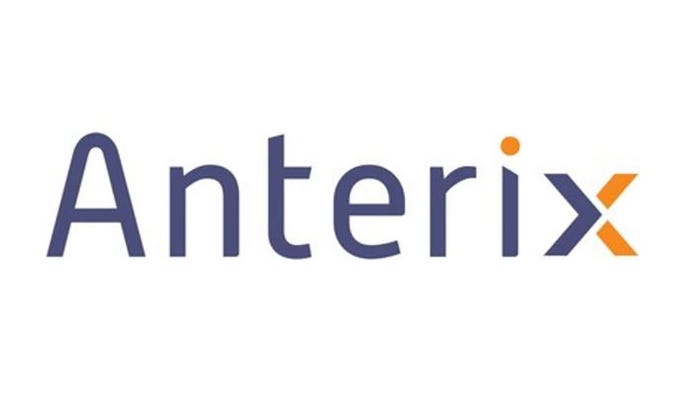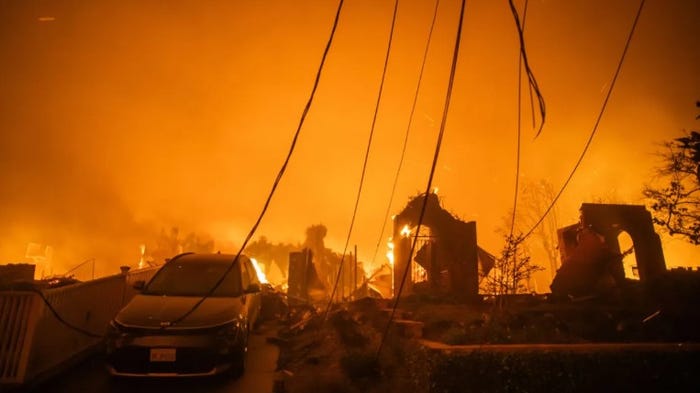News
thumbnail
LMR
L3Harris inks New York State Thruway Authority contract for P25 upgradeL3Harris inks New York State Thruway Authority contract for P25 upgrade
L3Harris Technologies last week announced that the New York State Thruway Authority has contracted it to upgrade the authority’s critical-communications network to a P25 Phase 2 system during the next several years, according to an L3Harris official.
Subscribe to receive Urgent Communications Newsletters
Catch up on the latest tech, media, and telecoms news from across the critical communications community



_Zoonar_GmbH_Alamy[1].jpg?width=700&auto=webp&quality=80&disable=upscale)























_Michael_Burrell_Alamy[1].jpg?width=300&auto=webp&quality=80&disable=upscale)






